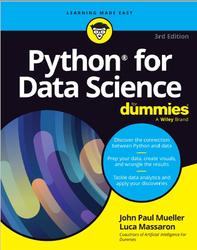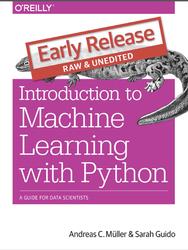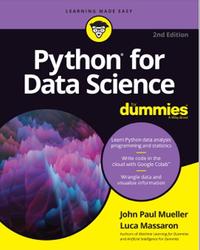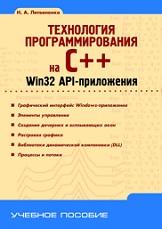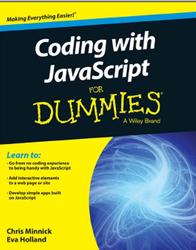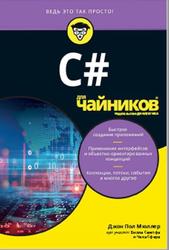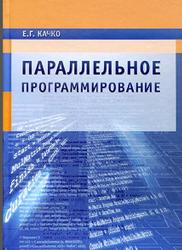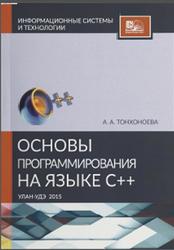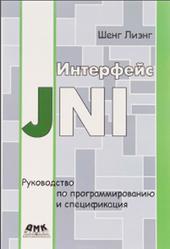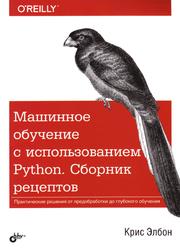Beginning Programming with Python For Dummies, Mueller J.P., 2018.
Beginning Programming with Python For Dummies, 2nd Edition is all about getting up and running with Python quickly. You want to learn the language fast so that you can become productive in using it to perform your real job, which could be anything. Unlike most books on the topic, this one starts you right at the beginning by showing you what makes Python different from other languages and how it can help you perform useful work in a job other than programming. As a result, you gain an understanding of what you need to do from the start, using hands-on examples and spending a good deal of time performing actually useful tasks. You even get help with installing Python on your particular system.
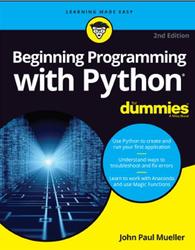
Writing procedures down.
When I was in grade school, our teacher asked us to write a paper about making toast. After we turned in our papers, she brought in a toaster and some loaves of bread. Each paper was read and demonstrated. None of our procedures worked as expected, but they all produced humorous results. In my case, I forgot to tell the teacher to remove the bread from the wrapper, so she dutifully tried to stuff the piece of bread, wrapper and all, into the toaster. The lesson stuck with me. Writing about procedures can be quite hard because we know precisely want we want to do, but often we leave steps out — we assume that the other person also knows precisely what we want to do.
Many experiences in life revolve around procedures. Think about the checklist used by pilots before a plane takes off. Without a good procedure, the plane could crash. Learning to write a great procedure takes time, but it’s doable. You may have to try several times before you get a procedure that works completely, but eventually you can create one. Writing procedures down isn’t really sufficient, though — you also need to test the procedure by using someone who isn’t familiar with the task involved. When working with computers, the computer is your perfect test subject.
Contents.
Introduction.
Part 1: Getting Started with Python.
Chapter 1: Talking to Your Computer.
Chapter 2: Getting Your Own Copy of Python.
Chapter з: Interacting with Python.
Chapter 4: Writing Your First Application.
Chapters: Working with Anaconda.
Part 2: Talking the Talk.
Chapter 6: Storing and Modifying Information.
Chapter 7: Managing Information.
Chapter 8: Making Decisions.
Chapter 9: Performing Repetitive Tasks.
Chapter 10: Dealing with Errors.
Part 3: Performing Common Tasks.
Chapter 11: Interacting with Packages.
Chapter 12: Working with Strings.
Chapter 13: Managing Lists.
Chapter 14: Collecting All Sorts of Data.
Chapter 15: Creating and Using Classes.
Part 4: Performing Advanced Tasks.
Chapter 16: Storing Data in Files.
Chapter 17: Sending an Email.
Part 5: The Part of Tens.
Chapter 18: Ten Amazing Programming Resources.
Chapter 19: Ten Ways to Make a Living with Python.
Chapter 20: Ten Tools That Enhance Your Python Experience.
Chapter 21: Ten (Plus) Libraries You Need to Know About.
Index.
Купить .
Теги: учебник по программированию :: программирование :: Mueller

